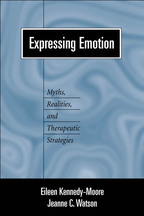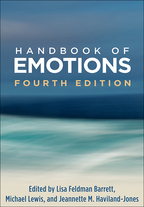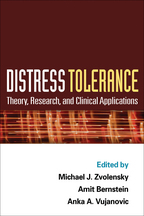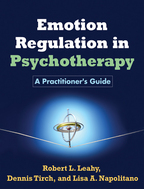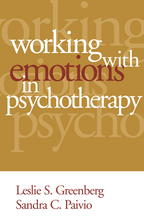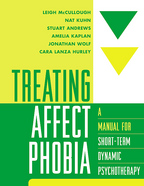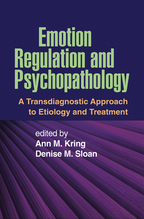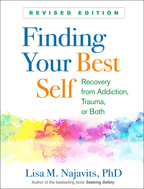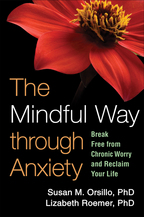Expressing Emotion
Myths, Realities, and Therapeutic Strategies
Eileen Kennedy-Moore and Jeanne C. Watson
HardcoverPaperback
Hardcover
orderJune 11, 1999
ISBN 9781572304734
Price: $72.00 365 Pages
Size: 6" x 9"
Paperback
orderMarch 15, 2001
ISBN 9781572306943
Price: $48.00 365 Pages
Size: 6" x 9"
Emotional expression is the link between internal experience and the outside world. It is intimately connected to who we are, how we feel, and how we relate to others. In daily life, expression enables people to communicate with each other and influence relationships; in psychotherapy, it provides important information about how clients are feeling and how they are relating to the therapist. This lucid volume examines expressions of such feelings as love, anger, and sadness, and highlights the individual and interpersonal processes that shape emotional behavior. It offers a lively and comprehensive discussion of the role of emotional expression and nonexpression in individual adaptation, social interaction, and therapeutic process.
Drawing upon extensive theory and research, the authors provide coherent guidelines to help clinicians, researchers, and students identify, conceptualize, and treat problems in emotional behavior. They show that expression and nonexpression come in many different forms, with a wide range of personal and relational consequences. The effects of expressing one's feelings depend on what is expressed, to whom, in what way, and in what context. Expression can lead to greater self-knowledge, enhanced coping, and fuller intimacy, but it can also result in embarrassment, misunderstanding, or rejection. Conversely, nonexpression can involve a frustrating lack of opportunity to express, or problems in accessing or articulating feelings, but it can also reflect cultural values or effective coping efforts. Through vivid clinical examples, the authors illuminate a range of problems related to both expression and nonexpression, and provide insight into how these can be addressed in individual and couple therapy.
This practical and clearly written guide is an important resource for teachers, students, and researchers of clinical, counseling, social, personality, and health psychology, as well as practicing counselors and psychotherapists. It will also serve as a text in advanced undergraduate and graduate-level courses on emotion and interpersonal communication, and in graduate-level counseling and psychotherapy seminars.
Drawing upon extensive theory and research, the authors provide coherent guidelines to help clinicians, researchers, and students identify, conceptualize, and treat problems in emotional behavior. They show that expression and nonexpression come in many different forms, with a wide range of personal and relational consequences. The effects of expressing one's feelings depend on what is expressed, to whom, in what way, and in what context. Expression can lead to greater self-knowledge, enhanced coping, and fuller intimacy, but it can also result in embarrassment, misunderstanding, or rejection. Conversely, nonexpression can involve a frustrating lack of opportunity to express, or problems in accessing or articulating feelings, but it can also reflect cultural values or effective coping efforts. Through vivid clinical examples, the authors illuminate a range of problems related to both expression and nonexpression, and provide insight into how these can be addressed in individual and couple therapy.
This practical and clearly written guide is an important resource for teachers, students, and researchers of clinical, counseling, social, personality, and health psychology, as well as practicing counselors and psychotherapists. It will also serve as a text in advanced undergraduate and graduate-level courses on emotion and interpersonal communication, and in graduate-level counseling and psychotherapy seminars.

